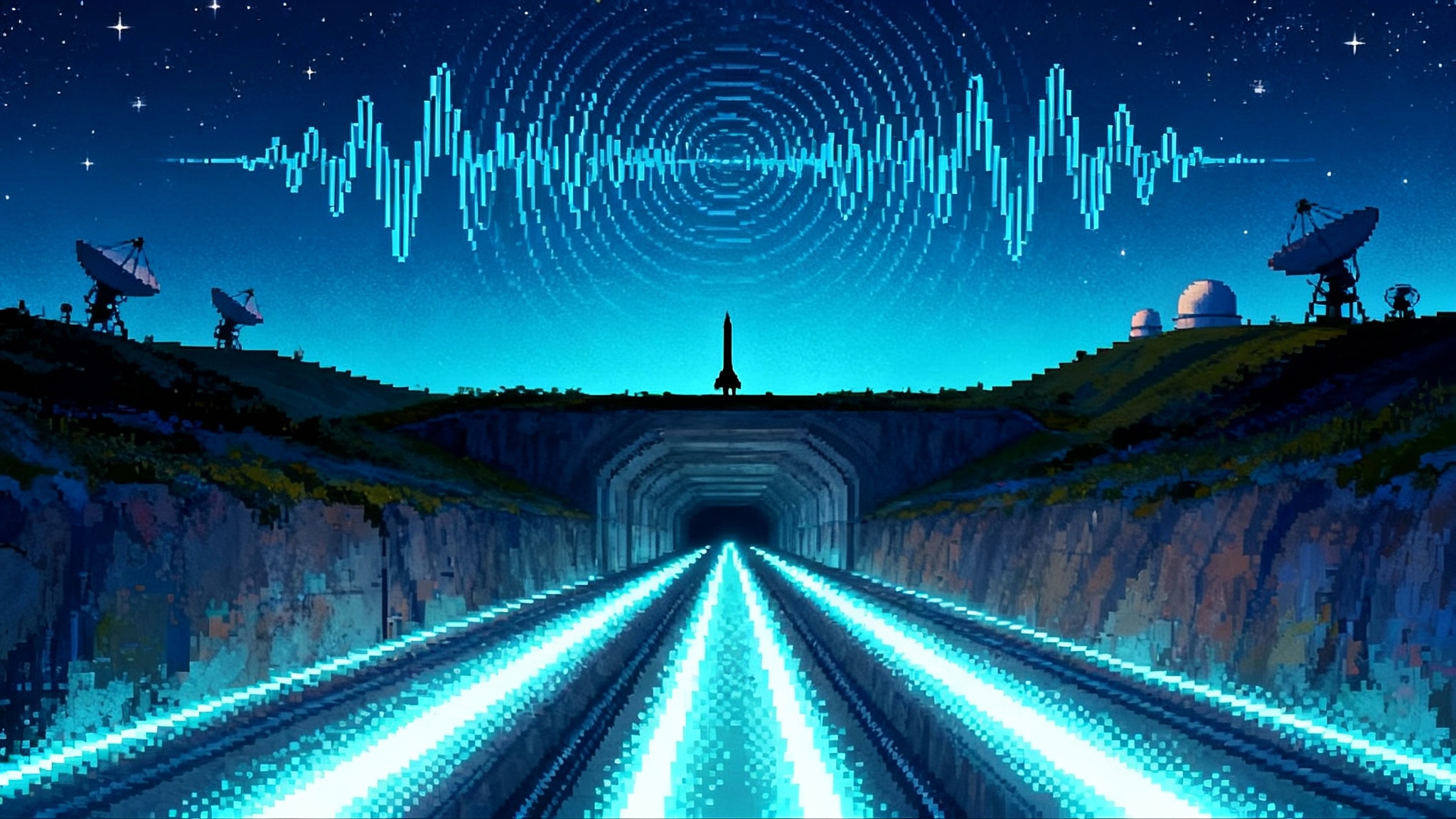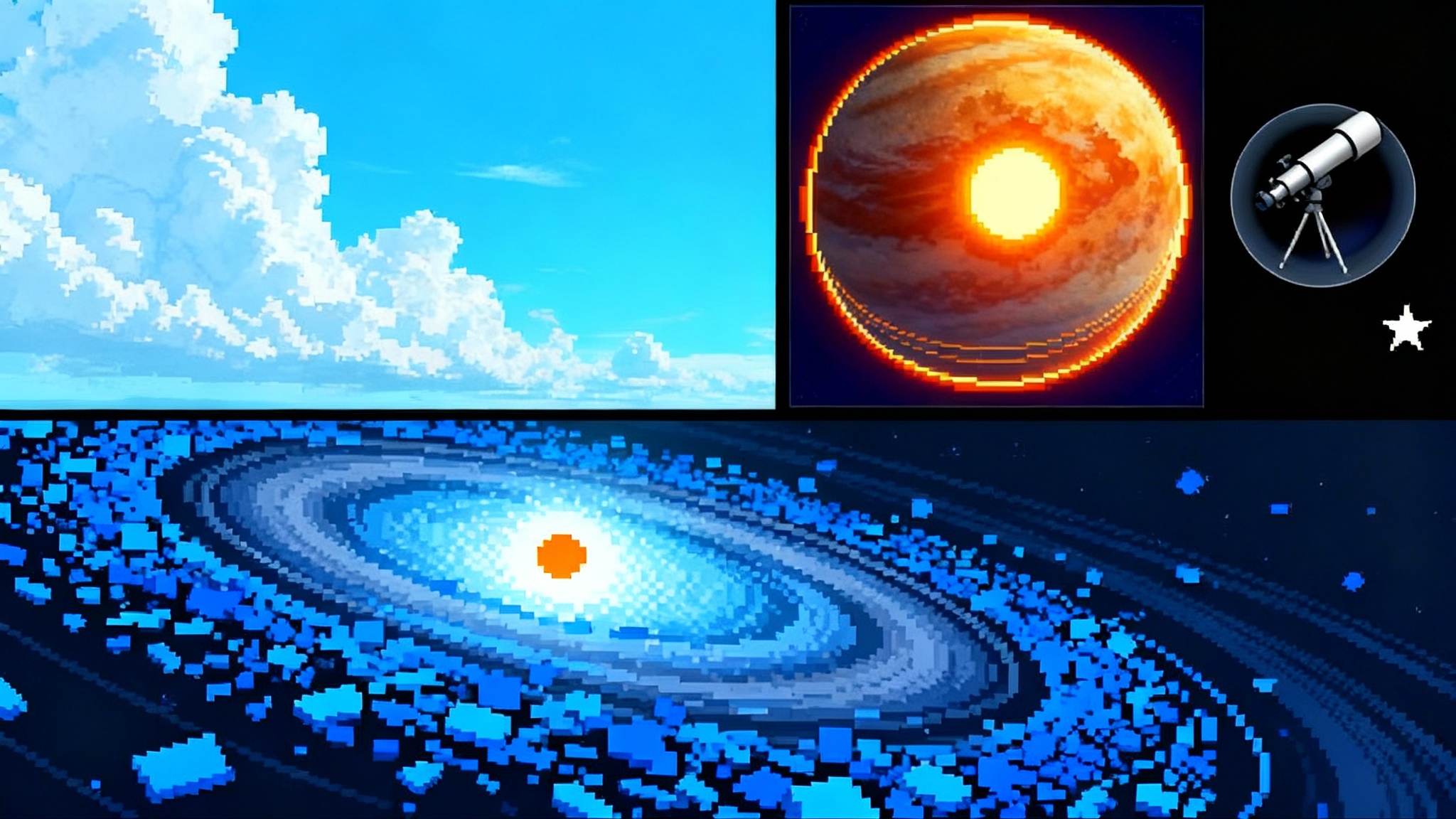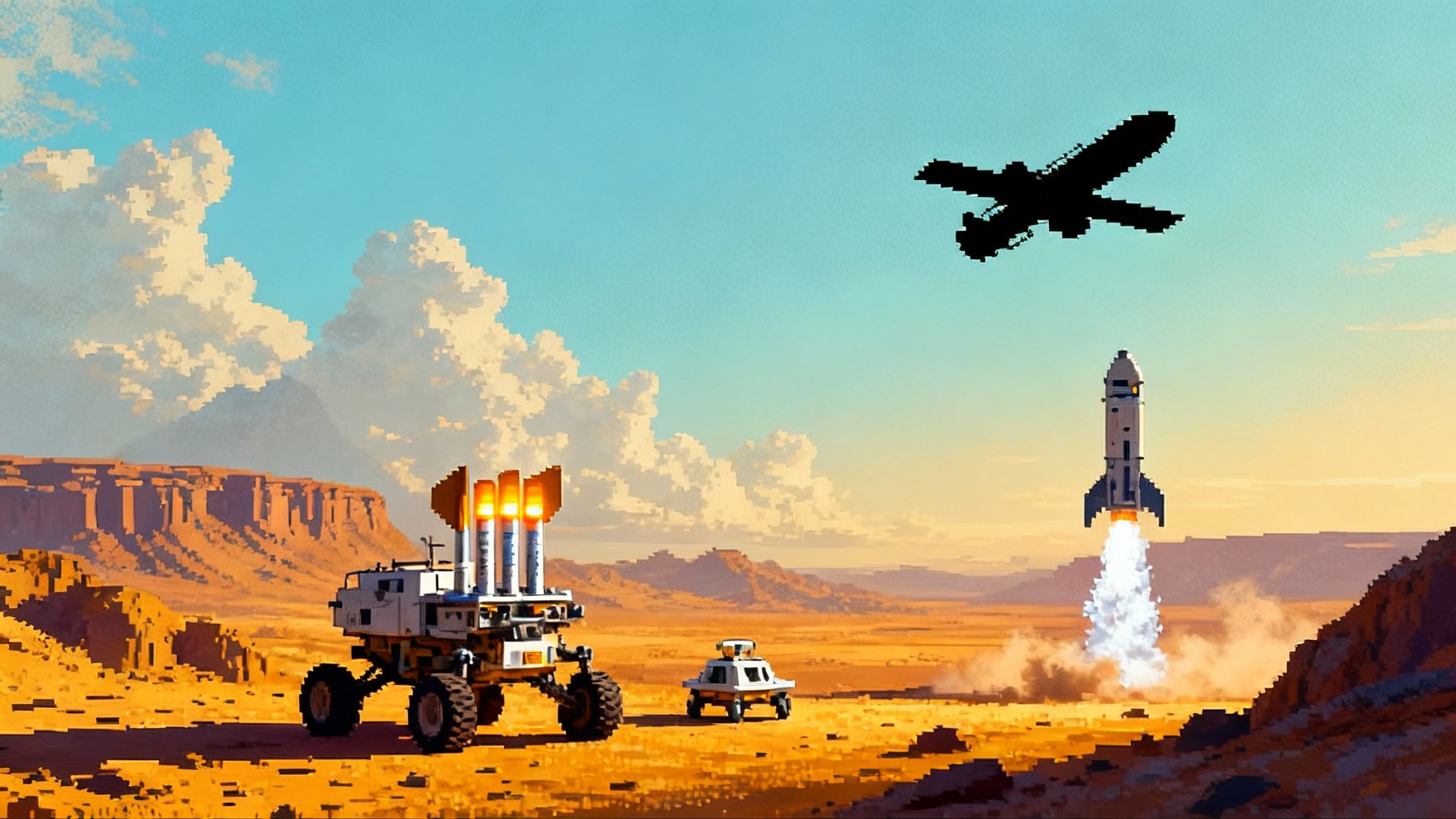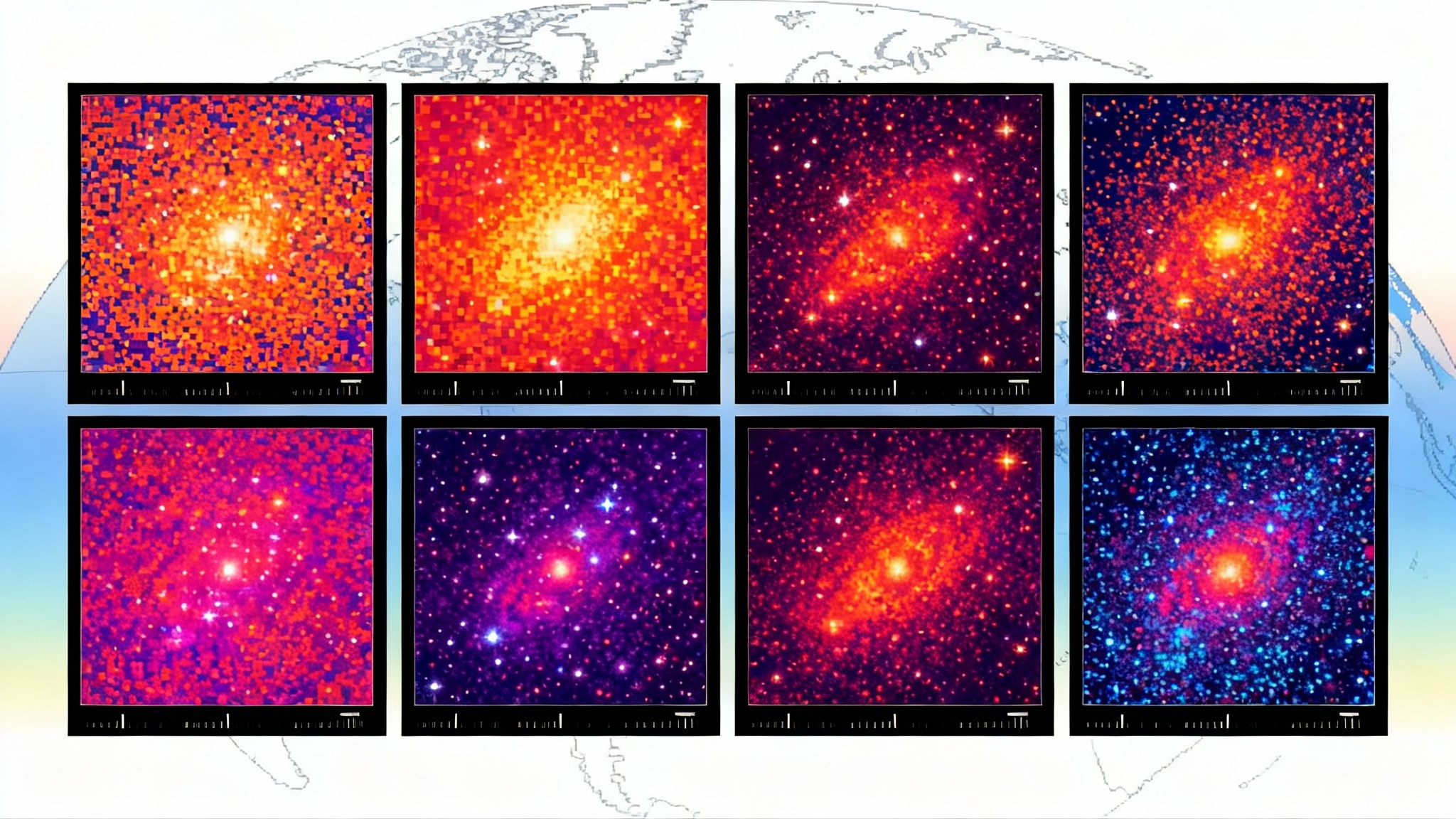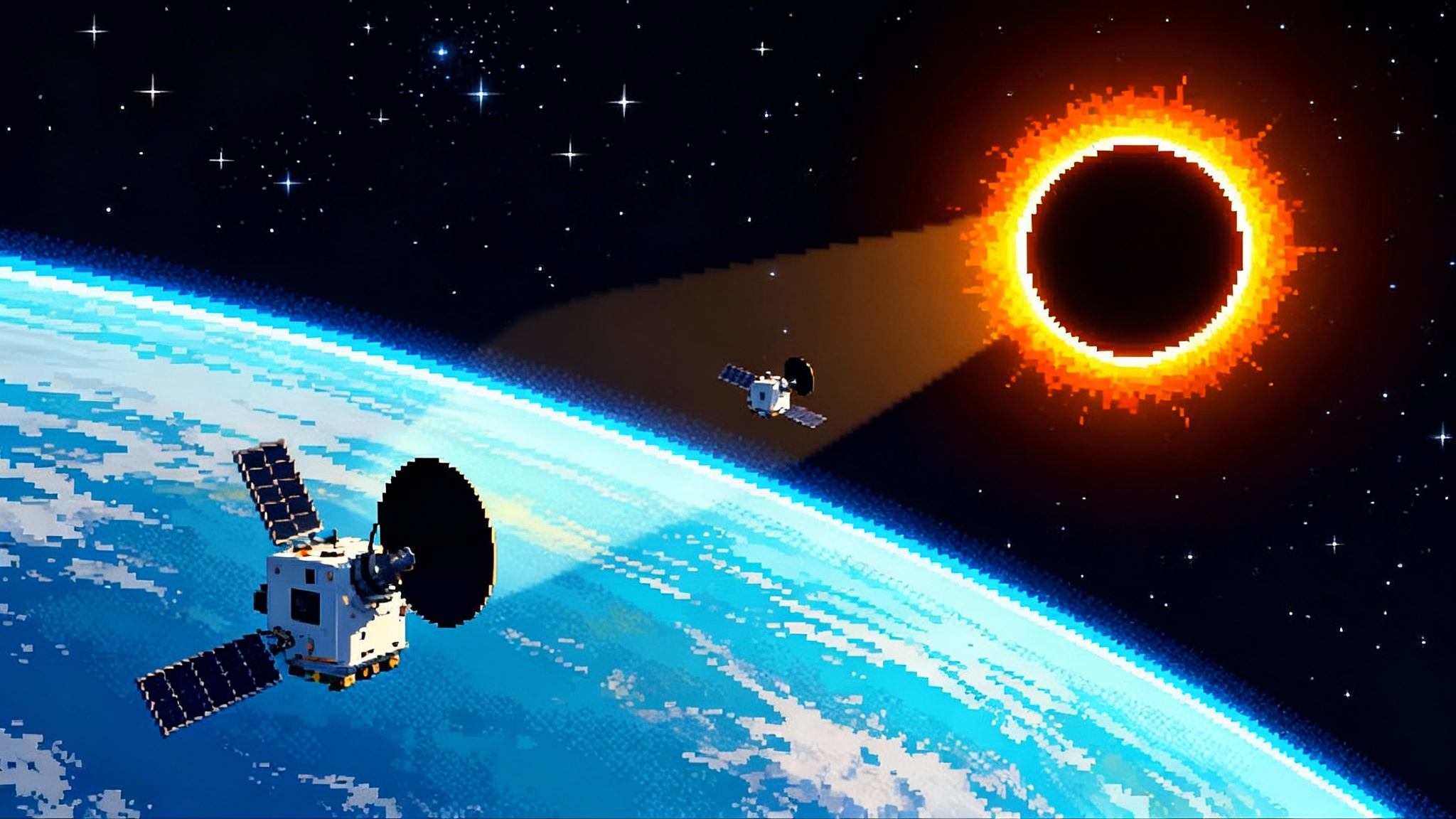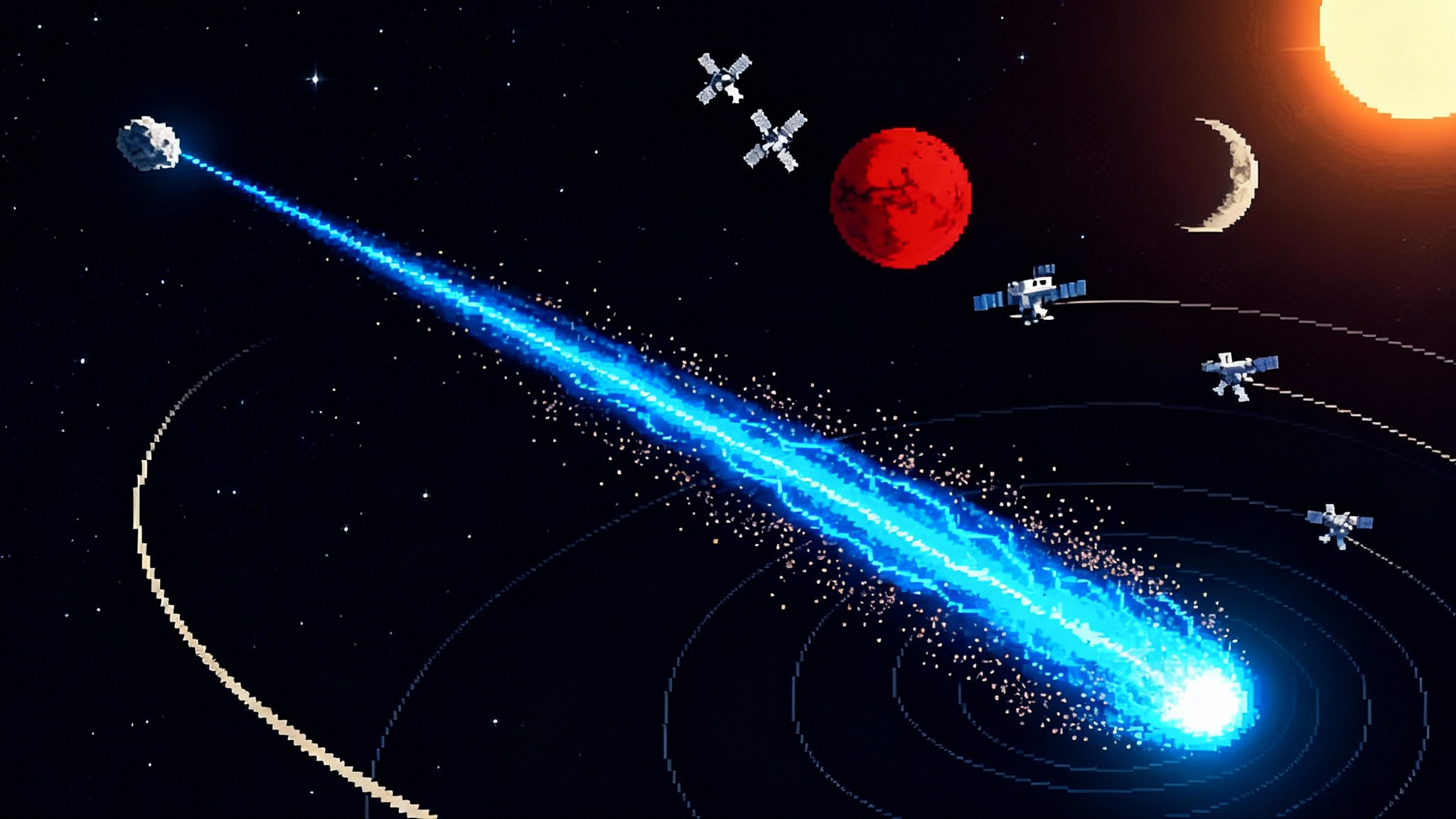Euclid’s First Map Shifts Galaxy Physics, Eyes Dark Energy
On March 19, 2025, Euclid’s quick release mapped 26 million galaxies across 63 square degrees and immediately reshaped work on galaxy evolution and lensing. Next up is a 2026 cosmology release, plus a Euclid-Rubin-Roman partnership that could tighten dark energy constraints and surface ultra-rare lenses and even rogue planets within two years.

